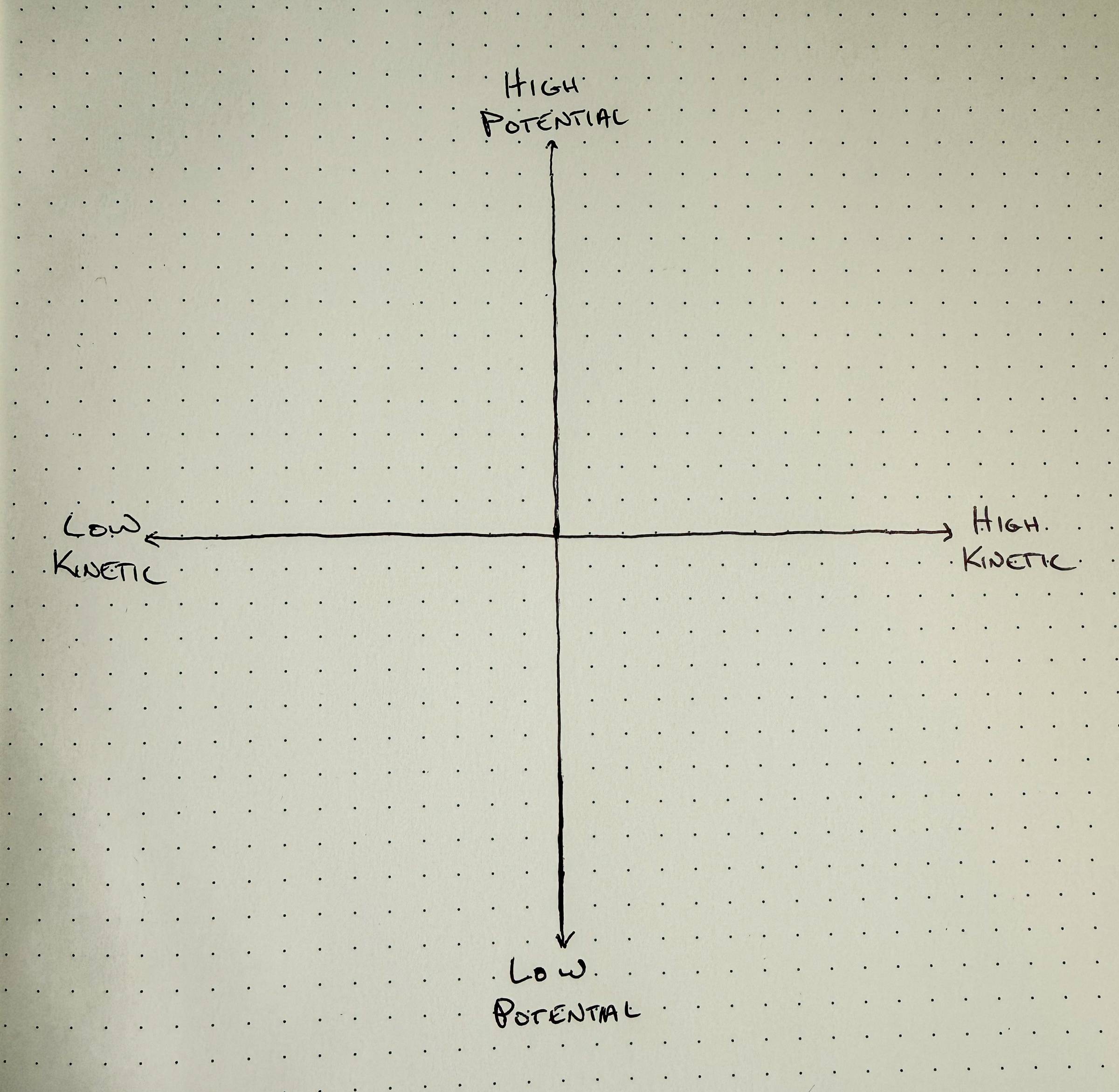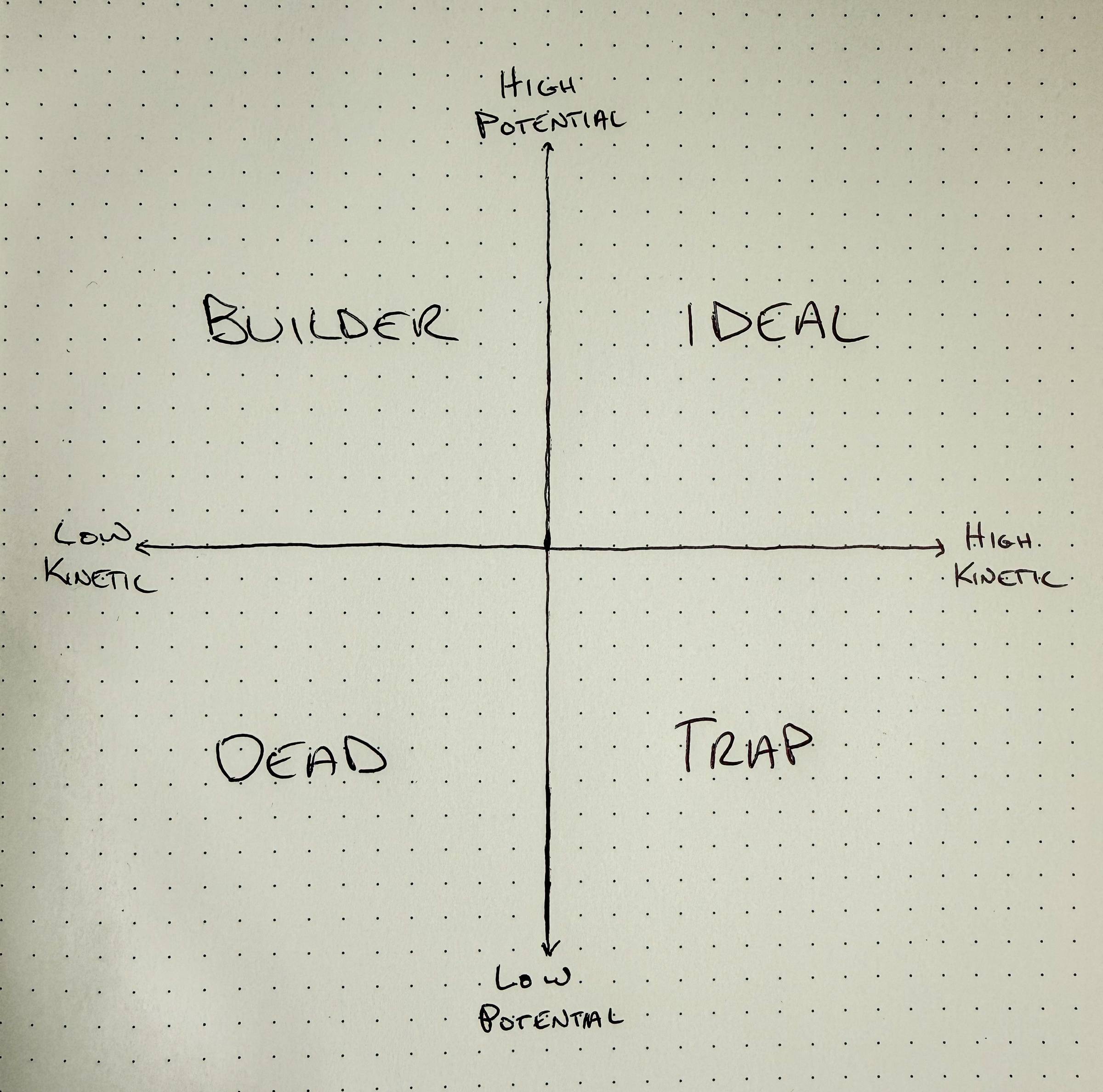How to Make Better Career Decisions
Today at a Glance
What’s a Rich Text element?
The rich text element allows you to create and format headings, paragraphs, blockquotes, images, and video all in one place instead of having to add and format them individually. Just double-click and easily create content.
Static and dynamic content editing
A rich text element can be used with static or dynamic content. For static content, just drop it into any page and begin editing. For dynamic content, add a rich text field to any collection and then connect a rich text element to that field in the settings panel. !
- ml;xsml;xa
- koxsaml;xsml;xsa
- mklxsaml;xsa
How to customize formatting for each rich text
Headings, paragraphs, blockquotes, figures, images, and figure captions can all be styled after a class is added to the rich text element using the "When inside of" nested selector system.
Last week, I got the following email from a reader facing a big career decision:
Hi Sahil -
Not sure if you'll see this, but figured it was worth a shot.
I just received an interesting job offer at a new company, but I'm having trouble making a decision. How would you think about it?
Do you have any frameworks or mental models for this that you've written about and can point me to?
The generalized version of this question is one of the most common I get from my subscribers.
You're faced with a career choice:
- Option A: Stay in your current role
- Option B: Switch to a new company, team, role, etc.
How do you evaluate and make the best decision possible?
Here’s my framework for making career decisions:
Reader Note: This framework is focused on deconstructing the professional impact of a career decision, not the life impact. For career decisions that include a significant life change (geographic move, family, etc.), consider thinking through an analysis of the impact on the different types of wealth.
The Career Energy Matrix
There are two types of energy you learn about in primary school:
- Potential Energy: The energy held by an object. Stored energy,
- Kinetic Energy: The energy released into action. Expressed energy.
In the most simple terms, I like to think of potential energy as what could be, and kinetic energy as what is.
This forms the basis of my model for thinking about careers.
At any point in time, your career is a mix of potential and kinetic energy:
- Potential Career Energy: Things that create potential value in the future.
- Kinetic Career Energy: Things that create tangible value right now.
Potential Career Energy comes from things like the long-term accumulation of skills, knowledge, and networks. Assets that compound and stand ready to be harnessed through action.
Kinetic Career Energy comes from compensation (income, equity, etc.).
I visualize this as a simple 2x2 matrix, with Kinetic Career Energy on the X-axis and Potential Career Energy on the Y-axis:

Your current career exists somewhere on this matrix based on the combination of Potential and Kinetic Career Energy in your current role.
I define four clear “zones” on the matrix:
- Low Potential, Low Kinetic: The Dead Zone. Low accumulation of long-term, intangible assets and low generation of present day value.
- Low Potential, High Kinetic: The Trap Zone. Low accumulation of long-term, intangible assets, but high generation of present day value. It's a trap because the shine of the compensation can blind you from the lack of meaningful intangibles being built. It feels good, until it doesn't.
- High Potential, Low Kinetic: The Builder Zone. High accumulation of long-term, intangible assets, but low generation of present day value. It's the build for the future. The growth phase where you water your seeds before they break through the earth.
- High Potential, High Kinetic: The Ideal Zone. High accumulation of long-term, intangible assets and high generation of present day value. The sweet spot.

If faced with a career decision, I think there are two questions to consider:
- Where is your current role on the matrix?
- Where would the future role move you on the matrix?
Based on your current positioning, you can evaluate the merits of any move:
- If you're in the Dead Zone: Moving to any other zone is going to be an improvement.
- If you're in the Trap Zone: Moving straight up into the Ideal Zone is a no-brainer. Moving into the Builder Zone should be considered, but only in the context of life responsibilities. Put differently, those in a season with lower responsibilities to family (partner, children, etc.) have more flexibility to trade kinetic for potential energy.
- If you're in the Builder Zone: Moving right into the Ideal Zone is a no-brainer. Moving into the Trap Zone is the most common career pitfall. The shine of the Kinetic Career Energy blinds you to the meaning you found in the accumulation of the Potential Career Energy. Beware this mistake.
- If you're in the Ideal Zone: Moving to any other zone is going to feel like a step backwards. There are special situations where a shift into the Builder Zone may make sense if the opportunity is truly unique.
Whether you're currently evaluating a career decision or not, I'd recommend using the Career Energy Matrix and questions to develop a baseline perspective on your current situation and primary goals for the future.
Reader Note: You don't necessarily need to get your Potential Career Energy from your primary role. If you're in a high Kinetic Career Energy role, but find it lacks Potential Career Energy, you may be able to find that missing link via side hustles, projects, or other pursuits. This is another way to avoid the Trap Zone via a more diversified career portfolio, if you will.
4 Factors For Potential Energy
In my experience, I've found that Kinetic Career Energy is a very clear concept. People immediately get it. It's money. Cash. Equity. Potential Career Energy tends to be more fuzzy.
In an attempt to bring clarity to the concept, here are a few factors I would focus on when it comes to Potential Career Energy:
1. Talent Density
You tend to rise or fall to the level of the people around you. When you work with exceptional people, you absorb their standards, pace, frameworks, and instincts almost through osmosis. High-talent environments compress learning cycles and force you to grow faster than you would on your own. If you care about compounding skills and judgment, there’s nothing more valuable than choosing the room with the highest talent per square foot.
2. Market Growth
A fast-growing market makes everything feel easier. It's a tailwind for skill accumulation, title trajectory, and opportunity set. Even average players can look like stars in a rapidly expanding industry; great players can compound outlier outcomes. Conversely, declining or stagnant markets create headwinds that even great performers struggle to overcome. It's very difficult to swim upstream, no matter how strong the swimmer.
3. Leadership Quality
Your manager is often the single greatest variable in your long-term development. Great leaders create environments where you're challenged, trusted, coached, and pushed into uncomfortable growth. Poor leaders create ceilings. They limit your exposure, suppress your risk-taking, and narrow your aperture of what’s possible. Choose leaders who invest in people, not just outputs.
4. Intellectual Stimulation
Intellectual stimulation is a leading indicator of future growth because curiosity compounds just like capital. You want to be in environments that make you feel alive intellectually. Where the problems are interesting, the challenges stretch you, and you're forced into deeper thinking. When your mind is engaged, you naturally develop new skills, pursue new ideas, and build momentum.
Your Career Journey
A career is nothing more than a long story of future potential being converted into present reality.
Most people optimize solely for the present. Few consider the full scope of that story.
As I wrote in my book:
"Thriving is a continuous journey, not an end state."
Kinetic Career Energy pays the bills. Potential Career Energy feeds your life.
It's finding the mix of the two that allows you to thrive.
Onward and upward...















